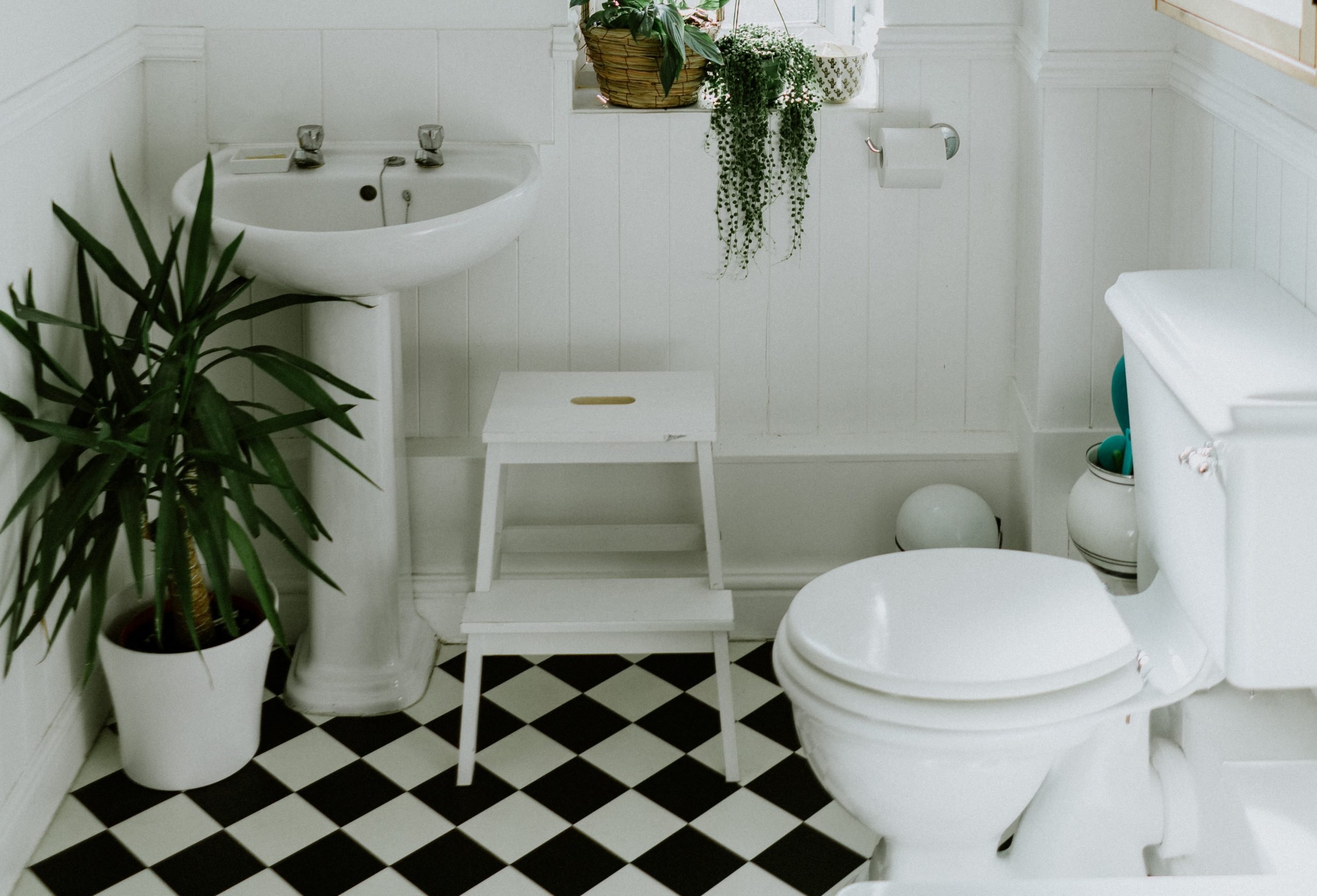Installation and Maintenance of Narrow Toilets: Narrow Toilets For Small Bathrooms

Installing a narrow toilet in a small bathroom can be a great way to save space and enhance the overall aesthetic. While the process is similar to installing a standard toilet, there are some unique considerations and challenges to keep in mind.
Installation Process
Installing a narrow toilet requires careful planning and execution to ensure proper fit and functionality. The process generally involves the following steps:
- Preparation: Before starting the installation, ensure you have all the necessary tools and materials, including a level, adjustable wrench, plumber’s tape, and a new wax ring. Additionally, shut off the water supply to the toilet and drain the tank.
- Removal of the old toilet: Carefully remove the old toilet by loosening the bolts connecting it to the floor. Once the bolts are removed, gently lift the toilet and move it away from the space.
- Installing the new toilet: Position the new narrow toilet on the floor and ensure it is level using a level. Carefully align the toilet with the drain pipe and install the new wax ring around the toilet’s outlet.
- Securing the toilet: Secure the toilet to the floor by tightening the bolts and nuts. Make sure the toilet is firmly attached and does not wobble.
- Connecting the water supply: Connect the water supply line to the toilet’s fill valve and tighten the connection securely. Ensure the connection is leak-free.
- Testing and finishing: Turn on the water supply and check for leaks. Flush the toilet multiple times to ensure proper functionality. Finally, install the toilet seat and cover.
Challenges and Solutions
Installing a narrow toilet in a small bathroom can present some unique challenges due to limited space. Some common challenges and their solutions are listed below:
- Limited space for maneuverability: The limited space in a small bathroom can make it difficult to maneuver the toilet into position and secure it to the floor. To overcome this challenge, consider using a smaller toilet model that fits the available space and utilizing a helper to assist with maneuvering the toilet.
- Accessibility to the drain pipe: Accessing the drain pipe in a small bathroom can be challenging, especially if the toilet is close to a wall or other fixtures. Ensure that the toilet’s drain pipe aligns perfectly with the existing drain pipe. If necessary, consult a plumber for assistance in adjusting the drain pipe or utilizing specialized fittings.
- Tight spaces for water supply connections: Connecting the water supply line to the toilet in a tight space can be tricky. Consider using flexible water supply lines to make the connection easier and avoid any potential leaks.
Maintenance Tips, Narrow toilets for small bathrooms
Maintaining a narrow toilet is crucial for ensuring optimal performance and longevity. Regular cleaning and preventive measures can help extend the lifespan of your toilet.
- Regular cleaning: Clean the toilet bowl, seat, and exterior regularly using a toilet bowl cleaner and disinfectant. Avoid using harsh chemicals that can damage the toilet’s finish.
- Prevent clogs: Avoid flushing non-flushable items like paper towels, wipes, or feminine hygiene products down the toilet. These items can cause clogs and damage the toilet’s internal mechanisms.
- Inspect and clean the tank: Regularly inspect the toilet tank for mineral buildup or leaks. Clean the tank and flush valve to prevent mineral deposits and ensure proper flushing.
- Check for leaks: Regularly check for leaks around the toilet base, water supply line, and tank. If you notice any leaks, address them promptly to prevent further damage.
Troubleshooting Common Toilet Issues
Despite proper installation and maintenance, toilet issues can arise. Here’s a step-by-step guide for troubleshooting common toilet problems:
- Running toilet: A running toilet can waste water and increase your water bill. To fix a running toilet, check the flapper for wear and tear. If the flapper is damaged, replace it with a new one. Also, inspect the fill valve for proper operation and adjust it if necessary.
- Clogged toilet: A clogged toilet can be a nuisance and requires immediate attention. To unclog a toilet, try using a plunger or a toilet auger. If the clog persists, you may need to call a plumber for professional assistance.
- Weak flush: A weak flush can indicate a problem with the toilet’s flushing mechanism. Inspect the fill valve, flapper, and flush valve chain for proper operation. If any of these components are damaged, replace them with new ones.
- Leaks: Toilet leaks can be caused by various factors, including a damaged wax ring, loose bolts, or a cracked tank. To address leaks, inspect the wax ring, tighten the bolts, and check for any cracks in the tank. If necessary, replace the wax ring or repair the cracked tank.
